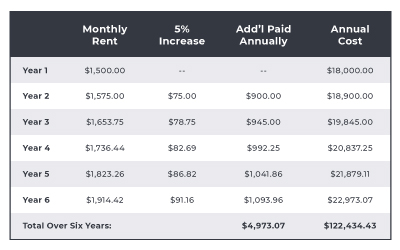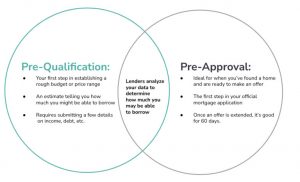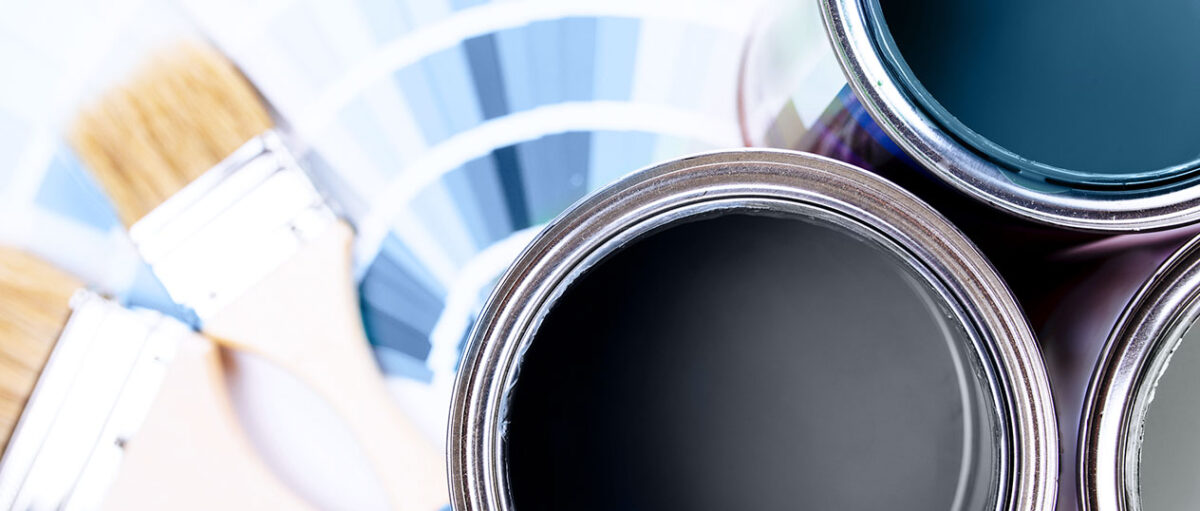
Buying your first home is an exciting, life-changing experience. But it’s no secret that it comes with a lot more responsibility than, say, renting.
Locks. Maintenance. Mail. Lawn care. It can seem a bit overwhelming, especially at first, but don’t sweat it. We’re here to calm those nerves with a “welcome home” checklist of 6 homeownership tips that’ll help you settle into your new digs in no time.
Let’s get into it, shall we?
6 Homeownership Tips for Every First-Timer
Change Your Locks
First things first: Replace the set of keys you just got with a new set. This tip mostly applies to those who bought an older home, but those new-build homeowners might want to follow suit.
The simple fact is that you’re never 100% sure how many copies of those old keys exist. You could have the only set, but there could be a few others out there. Luckily, replacing locks is a relatively easy process — and these days, you have more options than you’ll probably know what to do with.
We’re big fans of automation (have we introduced you to Octane?), so we recommend smart door locks. Some products come with keys for unique combinations, some can be unlocked with your phone, and others combine both features with the ease of a traditional metal key. No matter your selection, replacing your locks can help you feel more secure at home.
Scout the Sewer Lines & Septic Tank
Sure, the house looks great on the outside, but who’s to say if the previous owners loved to flush baby wipes? ‘Getting sewer lines and septic tanks scoped during the inspection is our official recommendation, but in case you had to sidestep an inspection to close the deal, getting it done after the fact is just as helpful.
This isn’t just to check for blockages — it’s to check for damaged and leaky pipes as well. These problems can lead to backups, flooding, foundation damage, and a host of health risks.
Flush Your Water Heater
We’d like to think that houses are as well-kept as a certified pre-owned car with a complete history of repairs and upgrades. The simple truth is that you can never be 100% sure of what the previous owner (or builder) did to ensure every piece of equipment is in as good condition as possible.
Water heaters are a big thing to look out for, and flushing them is a relatively easy process that doesn’t necessarily require a professional plumber (but hey, if they’re there to scope your sewer lines…).
Water heaters should be flushed at least once a year. When they go without flushing for extended periods of time, sediment builds up and corrosion becomes a concern. This sediment can decrease your heater’s capacity, hurt its performance, and in the most serious cases…could have explosive results.
A simple annual flush can save you from a sizable repair bill down the line.
Caulk The Cracks
Drafts pose a danger to your energy bill and cracks allow all sorts of critters to crawl in. A few tubes of caulk can help seal window cracks, repair minor roof damage, or protect your bathroom from water damage.
| Window Cracks | Roof Damage | Water Damage |
|---|---|---|
Look for siliconized latex caulking, which combines the long-term sealing effects of silicon caulk with the paintability of latex. | Grab an asphalt-based sealant for roof gaps, damaged shingles, and minor roof leaks. It’s durable, weather-resistant, and watertight. | Good old-fashioned 100% silicone caulk will help seal up any spaces between tilework to prevent water from seeping behind walls or under floors. |
Clean & Replace Filters
Breathe easy, buyer. Changing the air filters when you move in is good for myriad reasons: First, you get to see what size filters are needed throughout the home. Second, you’ll be able to rest easy knowing the filters you put in are new and up to standard.
But don’t stop at air filters. Dishwashers, refrigerators, washing machines, and dryers all have filters or screens that can be cleaned or replaced. Replacing or cleaning these items can prevent blockages and keep equipment in good working condition for years to come.
Find Out When Trash Day Is
A simple task, but a helpful one. After all, no one wants to be the neighbor who puts their trash out on the wrong day, at the wrong time. Knowing when the garbage truck arrives (and how to arrange bulk pick-up) will also help you plan any home improvement projects. Your neighborhood’s schedule can usually be found online.
While you’re at it, find out if recycling is a required activity or if it’s something you’ll have to handle yourself. Some locales require recycling, and sometimes recycling bins are picked up on non-garbage days. If your area doesn’t provide a recycling bin or have a designated ordinance for the activity, it’ll likely fall on you.
Confidence: Restored
These simple 6 homeownership tips should help you feel more at-home in your new home — but here’s one last tip: If you’re ever overwhelmed by the projects ahead of you, make another list and order them by importance. Not everything needs to be tackled right away, and not every problem requires a professional solution.
Your home is your responsibility, but we’ll make sure you don’t go it alone.
Not everything needs to be tackled right away, and not every problem requires a professional solution.







